Smart Home Trash Sorter
Design Thinking • Adaptability • Attention to Detail
Technology for Sustainability
After receiving the feedback, I realized it really made sense—everyone values convenience in their daily lives! So instead of expecting people to learn all the details about sorting their trash, I thought, why not let AI and the bin handle it for them?
Design Philosophy
Many automatic trash-sorting bins available today are built for commercial use—they're bulky and not designed for home environments. So, I set out to design a compact, home-friendly solution.
This project is a natural step forward in waste management. While the LitterMaster app focused on educating users about proper sorting, the Smart Home Trash Sorter takes it a step further by automating the process—removing the effort entirely.
By sorting waste right at the point of disposal, the goal was to reduce human error, improve recycling rates, and make sustainable living easier for everyone. The corded design ensures it's always ready to go—because remembering to charge your trash can shouldn't be part of your daily routine.
Initial Thesis
I wanted to make waste sorting at home simple, efficient, and accessible—so I designed a smart trash bin that automatically separates waste into three categories: recycle, non-recycle, and compost. Most sorting systems available are bulky and made for commercial use, so I focused on creating something compact and home-friendly. The bin has three separate drawers made from corrosion-resistant 6061 aluminum alloy for durability. Inside, the compartments are fitted with washable PLA liners, keeping things hygienic and easy to clean. I paid close attention to ergonomics to ensure the bin is comfortable to use and easy to install in a typical household. It's designed to fit seamlessly into daily routines without taking up extra space. My goal was to remove the guesswork from sorting and make sustainable living feel effortless.
Design Process
I began with quick hand sketches to explore form, function, and user interaction. These sketches helped me visualize the layout of the three-bin system and refine ergonomic details. Once the concept was clear, I transitioned to SolidWorks for precise 3D modeling and mechanical design. This allowed me to simulate fit, material behavior, and assembly before moving toward prototyping.
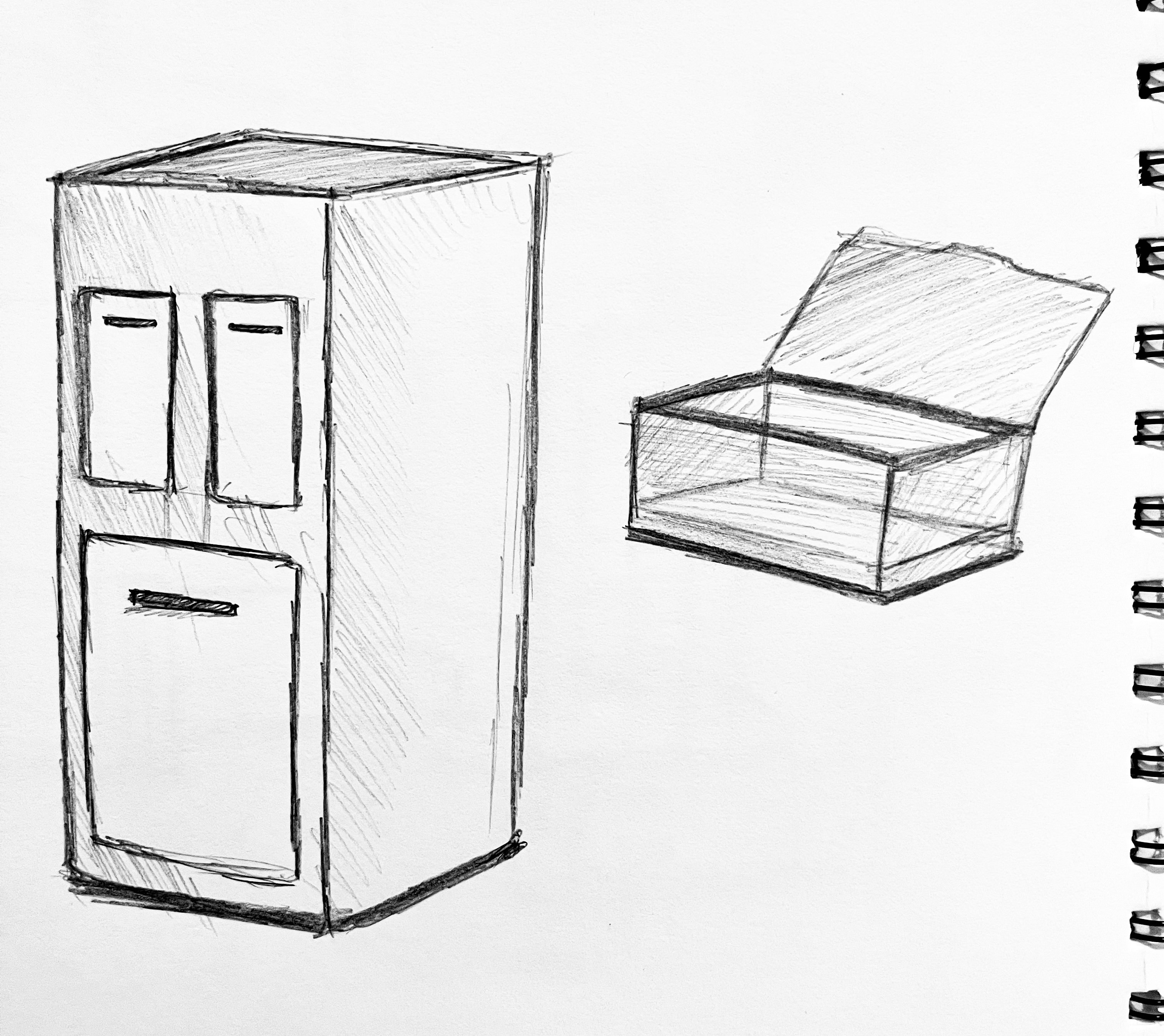
Initial concept
How Sorting Works
Users simply toss waste into a single top opening, just like a regular bin. Inside, a set of smart sensors work together to identify the type of waste without relying on cameras. An inductive sensor detects metals, capacitive sensors analyze material properties like plastic or organic matter, and a weight sensor measures the item's mass to improve classification accuracy. For compostable waste, a gas sensor can detect organic gases to confirm if the item belongs in the compost bin. Based on this combined sensor data, a microcontroller instantly directs the waste via a mechanical flap into one of three compartments: recycle, non-recycle, or compost. This approach ensures reliable, hands-free sorting in any lighting condition while keeping the system compact and user-friendly.
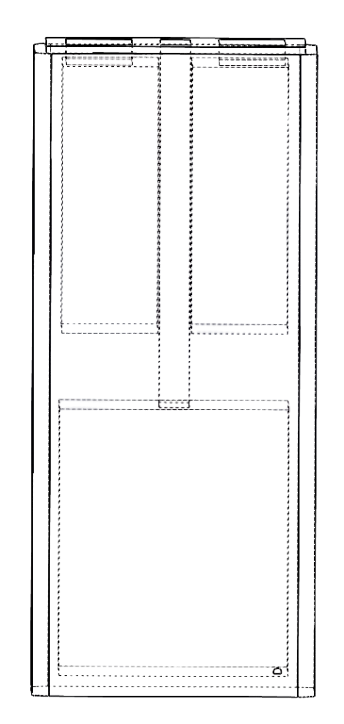
Concept
To bring the concept to life, I developed three iterative prototypes, each refining different aspects of the design. The first focused on validating the feasibility of embedded sorting and internal waste routing. The second prototype addressed form factor—shrinking the footprint while maintaining capacity and mechanical stability. The third iteration prioritized user accessibility, refining drawer mechanics, handle height, and component layout for real-world usability. Using SolidWorks, I modeled every detail, from internal pathways to the outer enclosure, and rendered visuals to communicate design intent and material use. Each version brought the product closer to being a truly seamless, smart addition to the modern home.
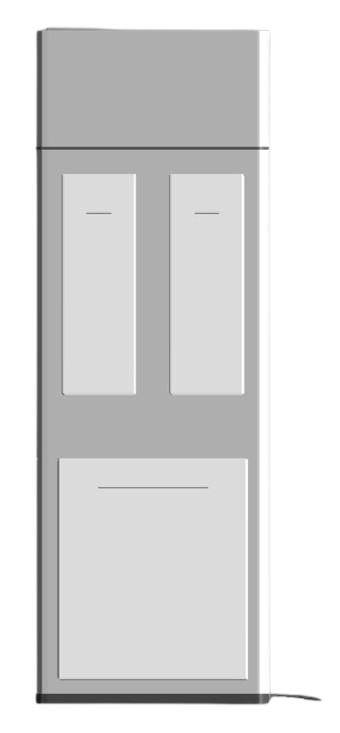
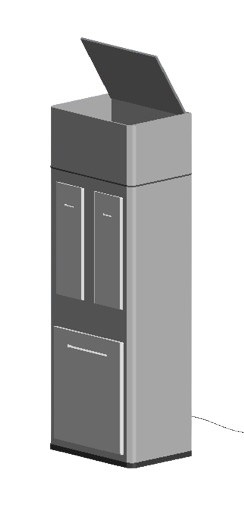
The Trash Collectors
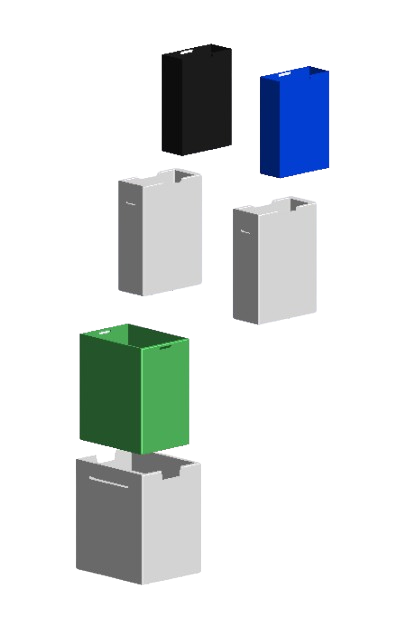
Smart Features
Wired Power System
Unlike battery-dependent competitors, uses standard AC power for consistent, maintenance-free operation.
Three-Way Sorting
Separate compartments for recyclables, non-recyclables, and compostable materials with 95% accuracy.
LitterMaster Integration
Connects with existing app ecosystem to track household waste patterns and environmental impact.